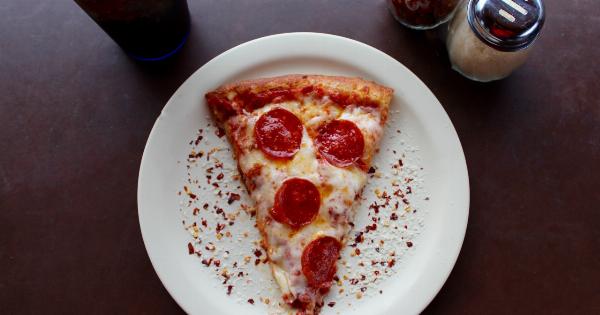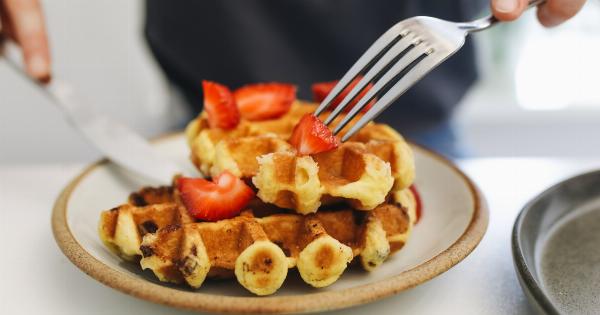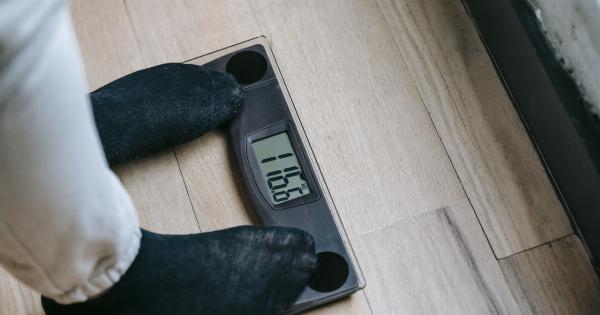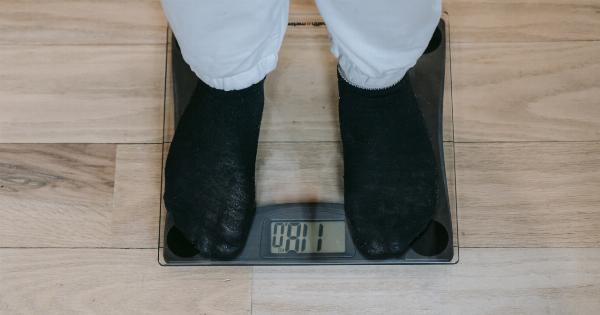When it comes to losing weight and maintaining a healthy lifestyle, what you eat is just as important as how you prepare your meals.
By following these cooking guidelines, you can create delicious and nutritious dishes that support your weight loss goals. Let’s explore the key principles that will help you cook your way to effective weight loss.
1. Choose Fresh, Whole Ingredients
The foundation of any healthy meal is fresh, whole ingredients. Opt for fruits, vegetables, lean proteins, and whole grains. These natural foods are lower in calories and packed with essential nutrients, making them perfect for weight loss.
Avoid processed foods that are often high in unhealthy fats, added sugars, and preservatives.

2. Control Portion Sizes
Even if you’re using healthy ingredients, eating excessively large portions can hinder your weight loss progress. Be mindful of portion sizes and aim for balanced meals that fill you up without overeating.
Use smaller plates and bowls to visually trick your mind into thinking you’re eating more. Remember, it’s about quality, not quantity.

3. Practice Healthy Cooking Methods
The cooking method you choose can have a significant impact on the nutritional content of your meals. Opt for healthier cooking techniques such as steaming, grilling, roasting, and sautéing with minimal oil.
These methods preserve the natural flavors and nutrients of the ingredients without adding unnecessary calories.

4. Reduce Added Fats and Sugars
While cooking, be mindful of the amount of added fats and sugars you include. Use healthier substitutes like olive oil or coconut oil instead of saturated fats.
Limit the use of refined sugars and experiment with natural sweeteners such as honey or maple syrup. By reducing these empty calories, you can maintain a healthy balance in your diet.

5. Incorporate Flavorful Herbs and Spices
Instead of relying on excessive salt, sugar, or unhealthy condiments to flavor your dishes, experiment with herbs and spices. These aromatic additions not only enhance the taste but also add nutritional benefits.
Some popular choices include basil, turmeric, garlic, rosemary, and cinnamon. Get creative and add a burst of flavor without the guilt.

6. Include Lean Proteins
Proteins are essential for building and repairing tissues while also contributing to a feeling of fullness. Opt for lean sources of protein such as chicken, turkey, fish, tofu, or beans.
These options are lower in fat and calories while providing valuable nutrients. Incorporating lean proteins into your cooking will help you maintain muscle mass while promoting weight loss.

7. Be Mindful of Cooking Temps and Times
Cooking temperatures and times can affect the nutrient content of your meals. Overcooking vegetables, for example, can result in nutrient loss. Steaming or lightly sautéing vegetables helps retain their valuable vitamins and minerals.
Similarly, be cautious with high-temperature cooking methods that may produce harmful compounds. Keep an eye on your cooking temps and times to ensure maximum nutrition.

By following these 7 cooking guidelines for effective weight loss, you can transform your meals into nutritious and satisfying dishes.
Remember, healthy cooking is not just about cutting out certain ingredients but also about adopting better culinary practices. With a little planning and creativity, you can enjoy delicious meals while reaching your weight loss goals.



























